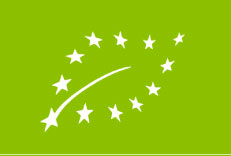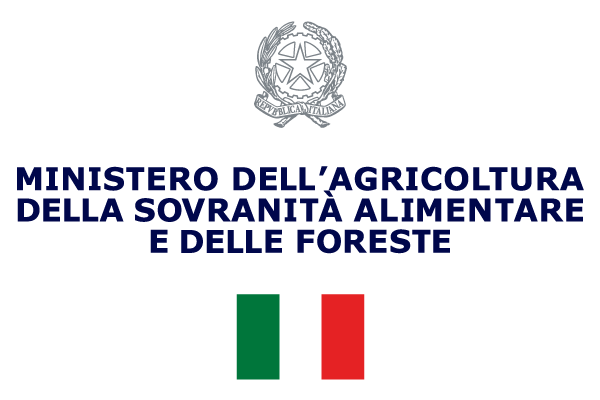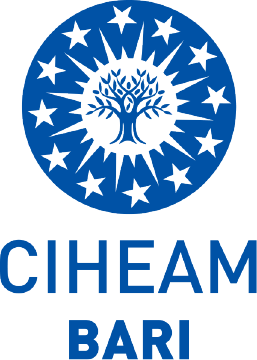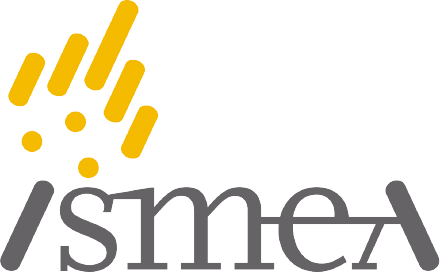<div style="text-align: justify;">In 2011, the area used for organic farming worldwide reached, according to FiBL-IFOAM data, the extension of 37.2 million hectares, with an increase of 3% over the previous year. The areas with the largest organic surfaces are Oceania, with 12.2 million hectares, equivalent to 33% of the total, and Europe, with 10.6 million ha (29% of the total, with an increase of 6.3% compared to 2010). Latin America is the only area where surfaces reduced (-9.1%), while in Asia the surfaces grew by almost one million hectares, an increase of 34.4%. <br><br>In 2011, organic farmers worldwide were 1.8 million, of which 34% in Asia, 30% in Africa, 17.6% in Latin America and 16% in Europe, with an overall increase of 14.3%. About one third of the total world organic surface, and more than 80% of the producers, are located in Countries of the developing world. <br>In terms of sales, in spite of the crisis, the global organic revenue continues to grow. Organic Monitor, a London-based consultancy company which carries out market studies on the organic sector, estimated the total revenues of the organic to have reached $ 63 billion in 2011 (47.8 billion Euro) with an increase of 6.3% on 2010. This means that, since 2002, the market grew by 170%. The demand is mainly concentrated in North America and Europe, together representing 96% of sales. The comparison between the production data and those of the markets shows, for example, a weight of 50% of North America on the market, compared to only 7.5% in terms of surfaces. In contrast, in other continents such as Asia, Oceania or Latin America, the share of surfaces is far higher than that of the market. <br><br>In 2011, organic farming in Europe has occupied 10.6 million hectares (9.5 in the EU), that is 2.2% of total agricultural land in Europe (5.4% in the EU). In the same year there was an increase of 600,000 hectares, accounting for more than 6% on 2010. The countries with the largest organic extensions are Spain (1.6 million hectares), Italy (1.1 million) and Germany (1 million). Always in 2011, the producers were estimated at approximately 290,000 (240,000 in the EU), with an increase of 5% on 2010. <br><br>From the point of view of market size, in 2011, the Euopean one was estimated to have reached 21.5 billion euro (19.7 billion in the EU), an increase of 9% compared to 2010. The market grew more than surfaces, and at higher rates than in 2009 and 2010. <br><br>In 2011, based on the data of SINAB, Italian organic agriculture registered 48,269 operators, with an increase of 1,3% on 2010, while surfaces amounted to 1,096,889 hectares, with aa decrease of approximately 1.5%. According to the data from the 2010 Census of Agriculture, organic farms represent 2.7% of the total Italian farms, while surfaces represent 6% of the Italian UAA. The Italian organic market is today worthing, according to the FiBL-IFOAM latest figures, about 3.1 billion euro (including the value of exports), with an increase in almost all food sectors. <br>Accoding to the ISMEA surveys, for example, the trend of domestic consumption of packaged organic products continues to rise at supermarkets level: the positive trend started in 2005. In 2012, the purchases of organic packaged products continued their growth (+7.3% in value, after having reached+8.8% in 2011). In a market like the Italian one, in which the expenditure for food was stationary in 2012, the organic sector does not seem to be affected by the crisis, probably due to the increasing awareness of the consumers towards the protection of their health and respect for the environment. Analysis of expenditure for 2012 confirms that the domestic consumption of organic products is more concentrated in the Northern regions of the country, while the Centre and in particular the South have a much lesser weight.<br><br>"Largo Consumo", 1 June 2013, page 46.</div><br>






